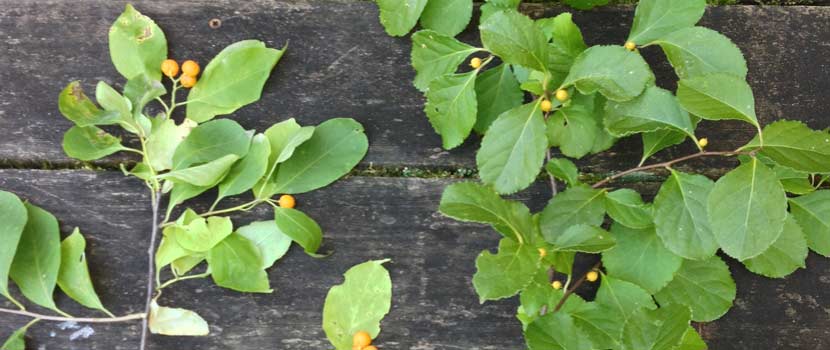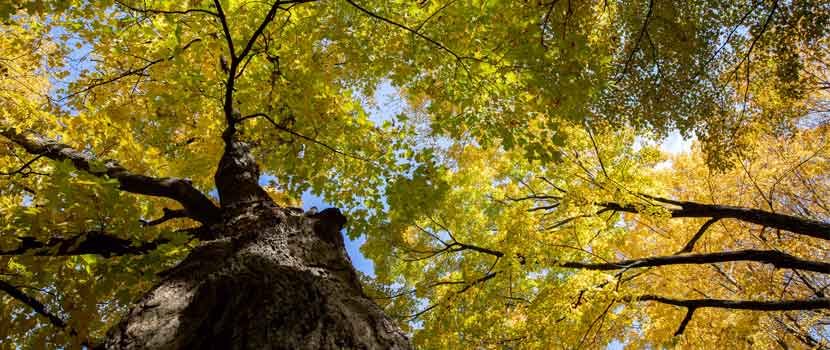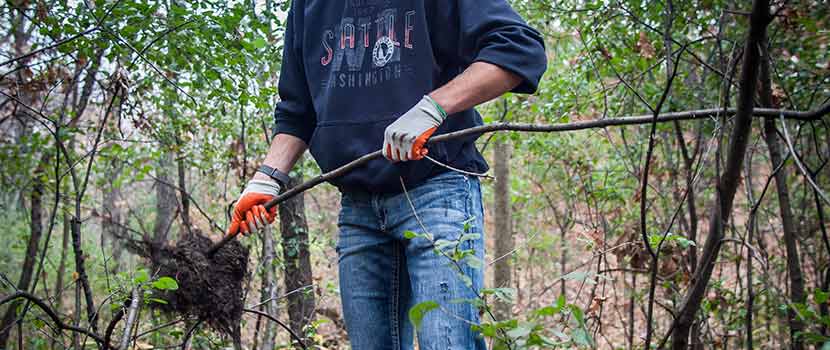Emerald Ash Borer
The emerald ash borer (Agrilus planipennis, commonly called EAB) is an invasive beetle that lays its eggs on ash trees; once hatched, the larvae then tunnel underneath the bark, disrupting the flow of food and water, which ultimately kills the trees.
First discovered in Minnesota in St. Paul in 2009, EAB is spreading regionally, including within Three Rivers Park District. EAB is an insect native to East Asia that was first discovered in the United States in the Detroit, Michigan, area in 2002.
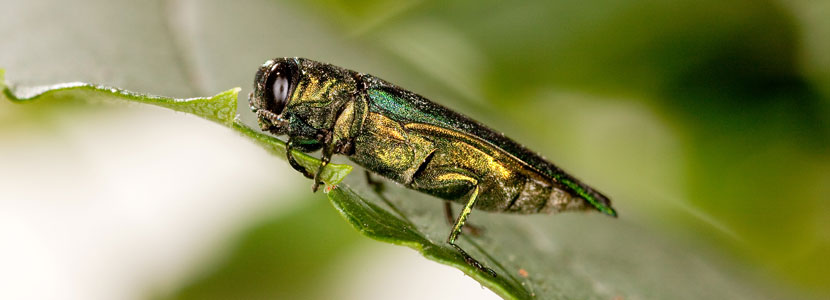
EAB in Three Rivers Parks
In February 2018, EAB was first confirmed at a picnic area within Elm Creek Park Reserve. In 2021, EAB was confirmed at more than 10 locations within the Park District. These include Baker, Hyland, Murphy-Hanrehan and Elm Creek park reserves, as well as Bryant Lake, Mississippi Gateway, Cleary, French and Silverwood regional parks, and The Landing.
The infestations were discovered through a combination of Forestry staff observations and reports from the public. In each case, Three Rivers Park District staff surveyed the areas adjacent to the newly discovered infested ash trees to determine the overall extent of the invasion. Additional infested trees were easily discovered at each site, indicating that the presence of EAB is likely widespread in each area.
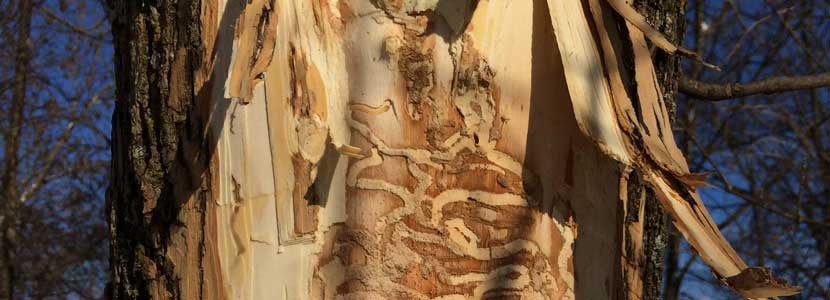
Action We’re Taking
At several of the infestation sites, we will remove known infested trees to help ensure the safety of park patrons and adjacent property owners. Infected trees can be dangerous as they deteriorate and are more prone to falling.
Tree removal may slow the spread of these beetles through our forests, but it will not stop it. Because it can be difficult to see infestations in early stages, even healthy-looking trees may be infected.
To limit exposure to a large concentration of dead or dying ash trees, we will accelerate removal and replacement of ash trees within active-use areas. Active-use areas are areas with mowed turf or where park visitors are encouraged to stay for extended periods (e.g., benches, picnic tables, play areas).
You can expect significant tree removal activity at the locations where we have confirmed EAB. These sites will likely have a much different look and feel to them once the trees are removed; however, we are committed to replacing every ash tree that is removed from an active-use area with a new tree grown at our nursery in Crow-Hassan Park Reserve.
We will plant a diverse mix of trees to improve the diversity of our forest and reduce the impact on our trees by the next pest that emerges. The Park District currently grows 30 species of native trees and is augmenting this with additional near-native trees (trees found just outside our region) to promote resiliency of our forests.
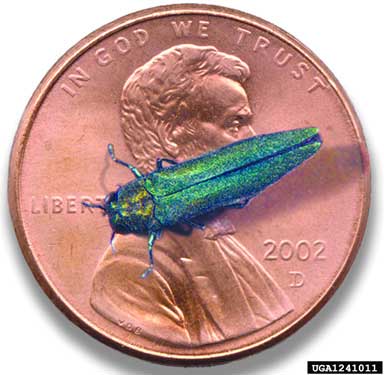
How EAB Got Here
It is impossible to determine exactly how EAB was introduced to the original location at Elm Creek Park Reserve, though the most likely cause was through unintentional transportation of infested material.
A common way that EAB moves is through transported firewood. Since 2010, Three Rivers has enforced a firewood policy prohibiting guests from bringing firewood onto any Three Rivers property unless it comes from a Minnesota Department of Agriculture approved vendor.
Three Rivers Park District is within what the Minnesota Department of Agriculture designates “Emerald Ash Borer Generally Infested Areas." Because there are infestations near Three Rivers Parks property, there is little that Three Rivers can do to prevent this insect from eventually spreading throughout the parks.
However, staff have been working for the last several years to decrease the impact and prepare for eventual infestations. Forestry staff have inventoried all the trees within the Park District’s active-use areas to determine ash tree concentrations within each park. To mitigate the eventual damage from this insect, staff have been pre-emptively removing roughly 10% of the ash trees from each active-use area annually and replacing them with a variety of native, non-ash species.
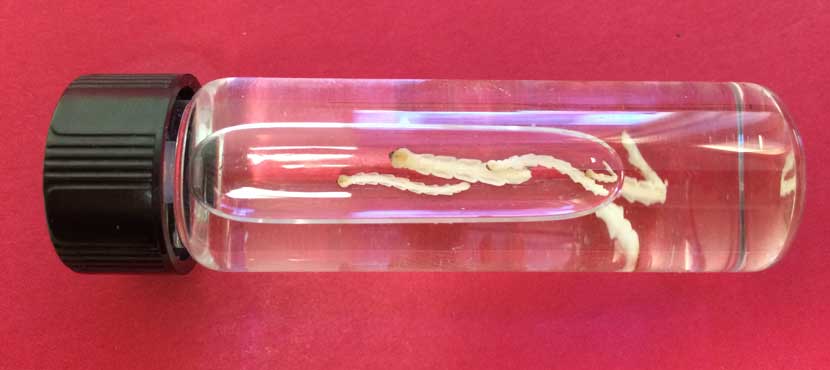
More Information
Learn more about EAB and its current status within Minnesota on the Minnesota Department of Agriculture’s Emerald Ash Borer Program webpage or the Minnesota Department of Natural Resources' EAB webpage. EAB has been found in 30 Minnesota counties; this map shows current EAB infestations within the state.
Invasive Species
Three Rivers works to stop the spread of terrestrial (land) invasive species and aquatic (water) invasive species across the parks. Volunteers are an important part of this effort.
Related Blog Posts
Controlling Invasives: Anatomy of an Ecological Restoration
By: Paul Kortebein
Curious what goes into ecological restoration? Follow along as Paul Kortebein, Manager of Forestry and Horticulture, explains how Three Rivers is managing the invasive species Oriental bittersweet in parks.
Growing Resilient Forests at the Three Rivers Nursery
By: Missy Anderson
Did you know that we have our own plant nursery at Three Rivers? Learn all about why we grow our own plants and how we work to ensure the forests in our parks will be around for years to come.
Managing Invasive Species That Are Here To Stay
By: Emily Dunlap
When an invasive species isn't immediately eradicated, things can get tough to control. Learn about the most widespread invasive species in Three Rivers and how we and our wonderful volunteers manage them to protect our high-quality forests.
